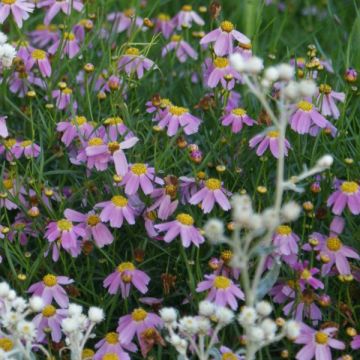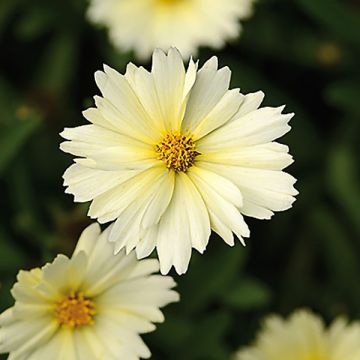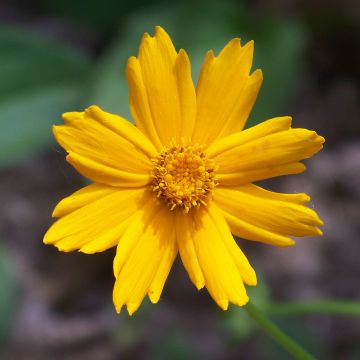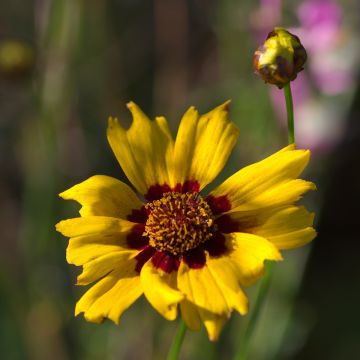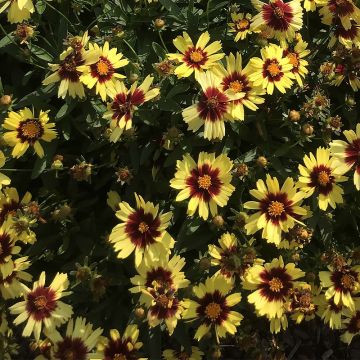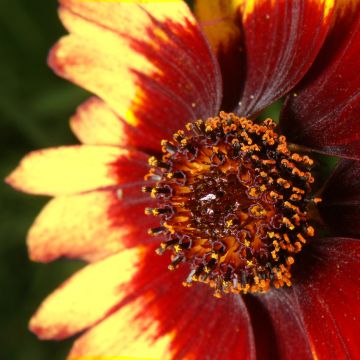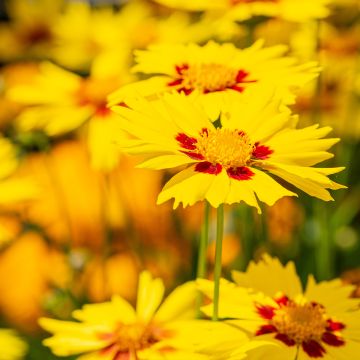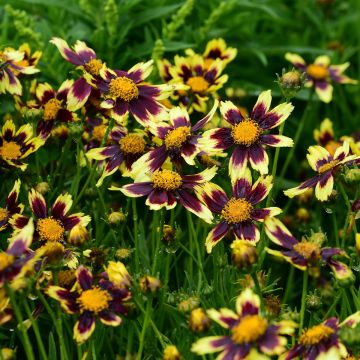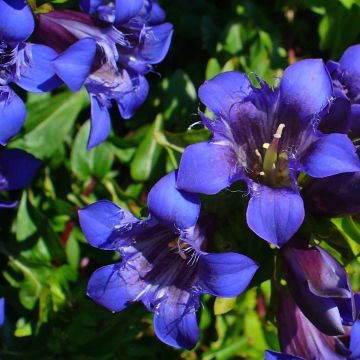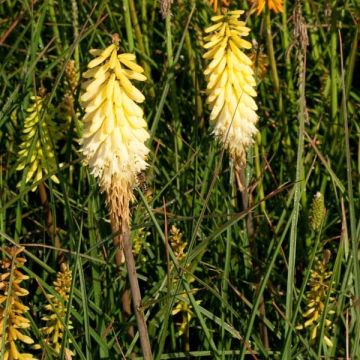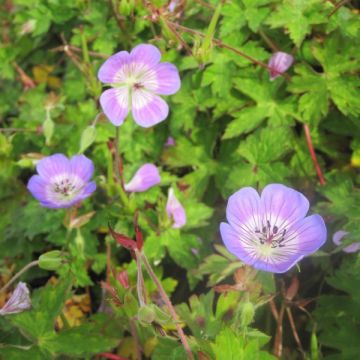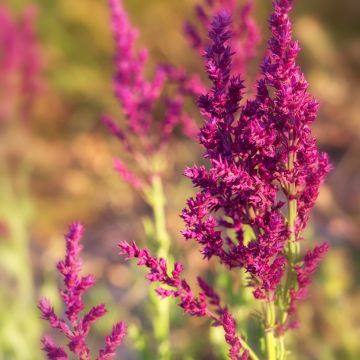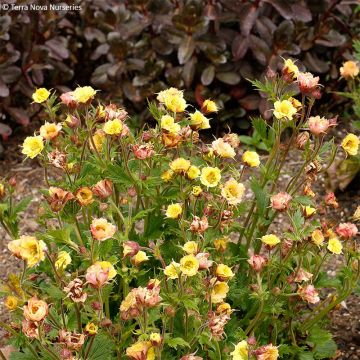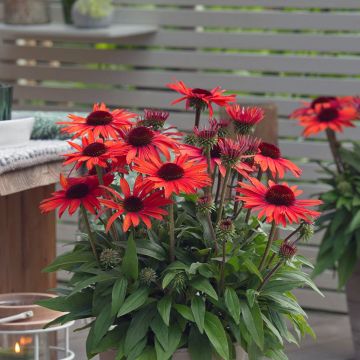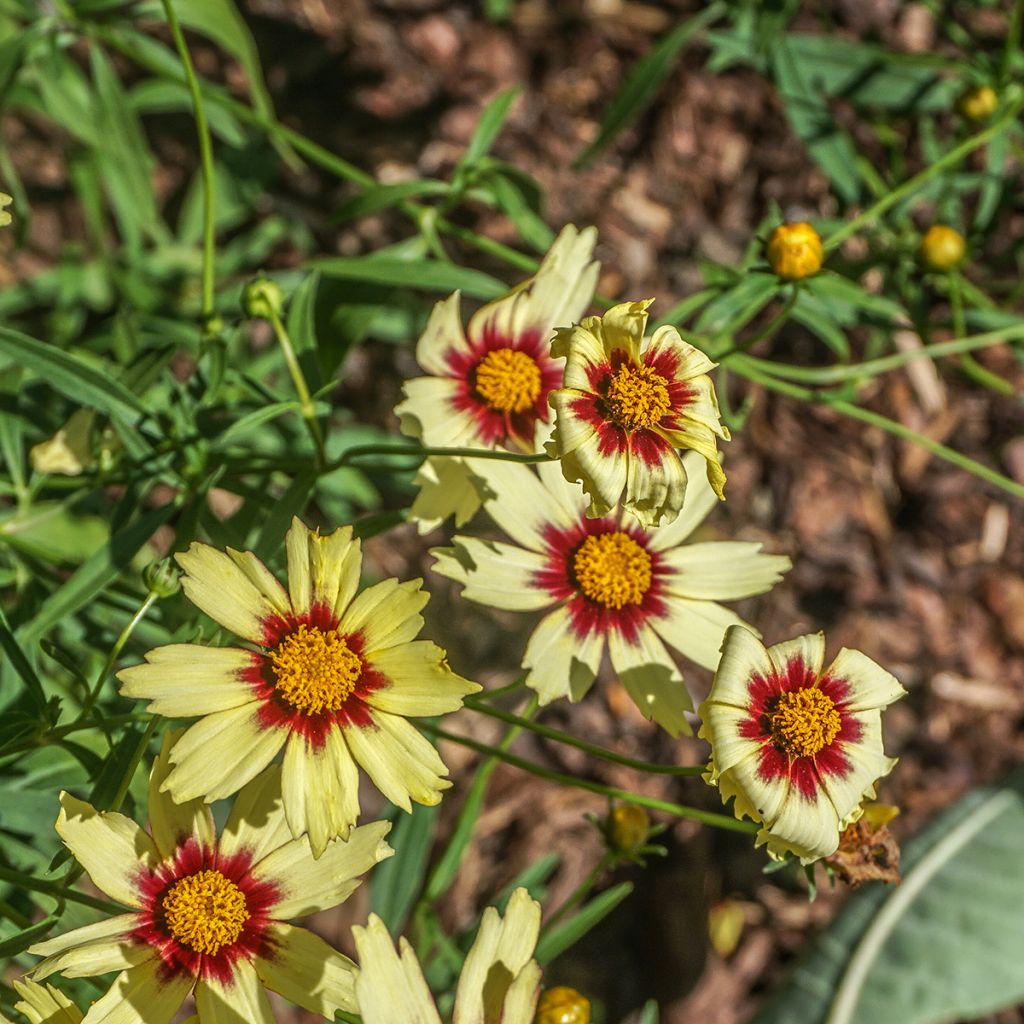

Coreopsis Redshift
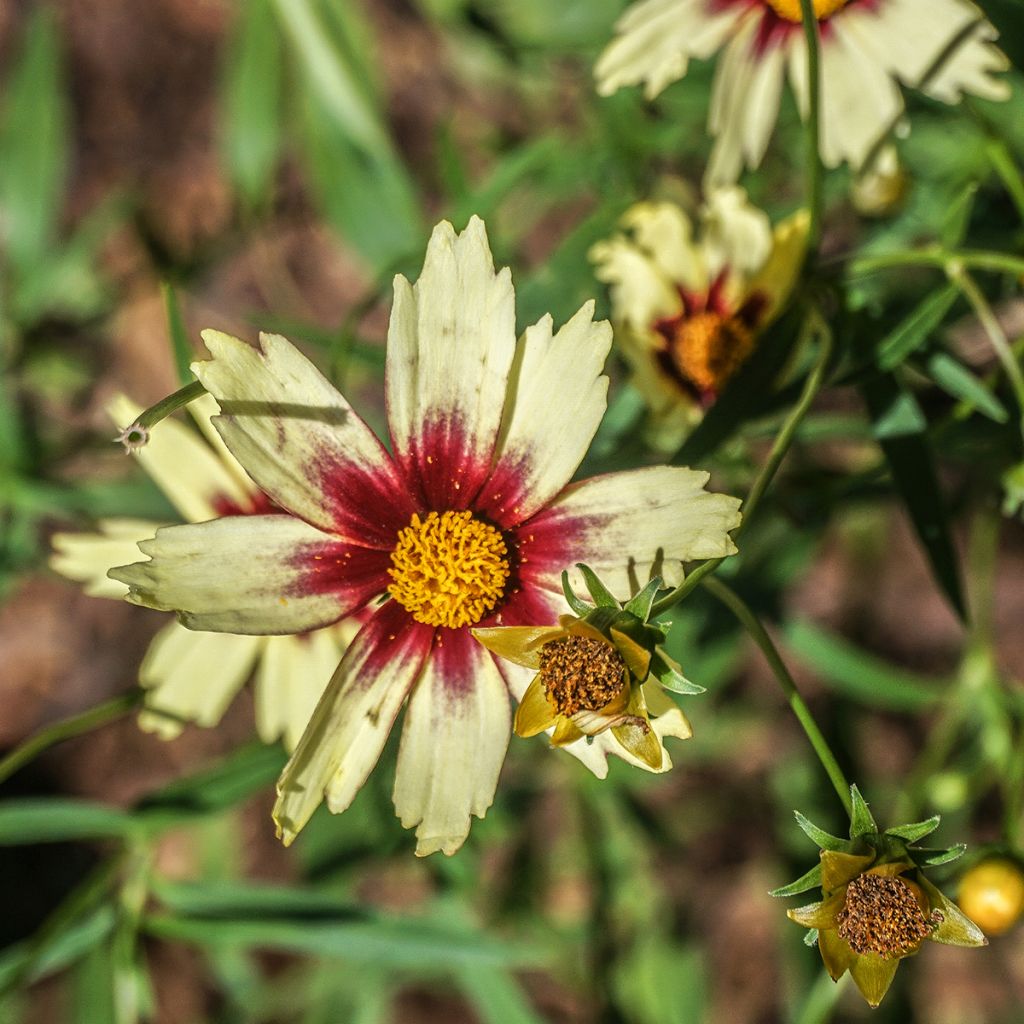

Coreopsis Redshift
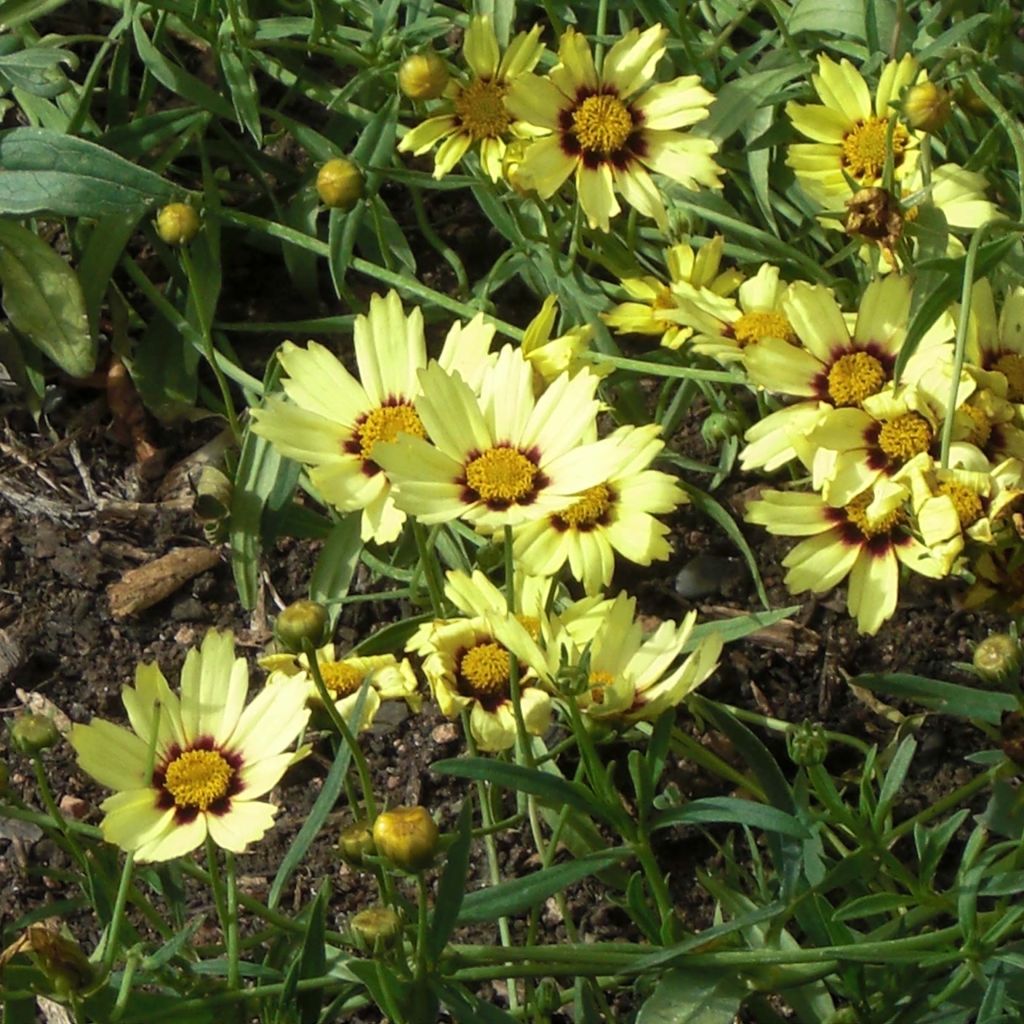

Coreopsis Redshift
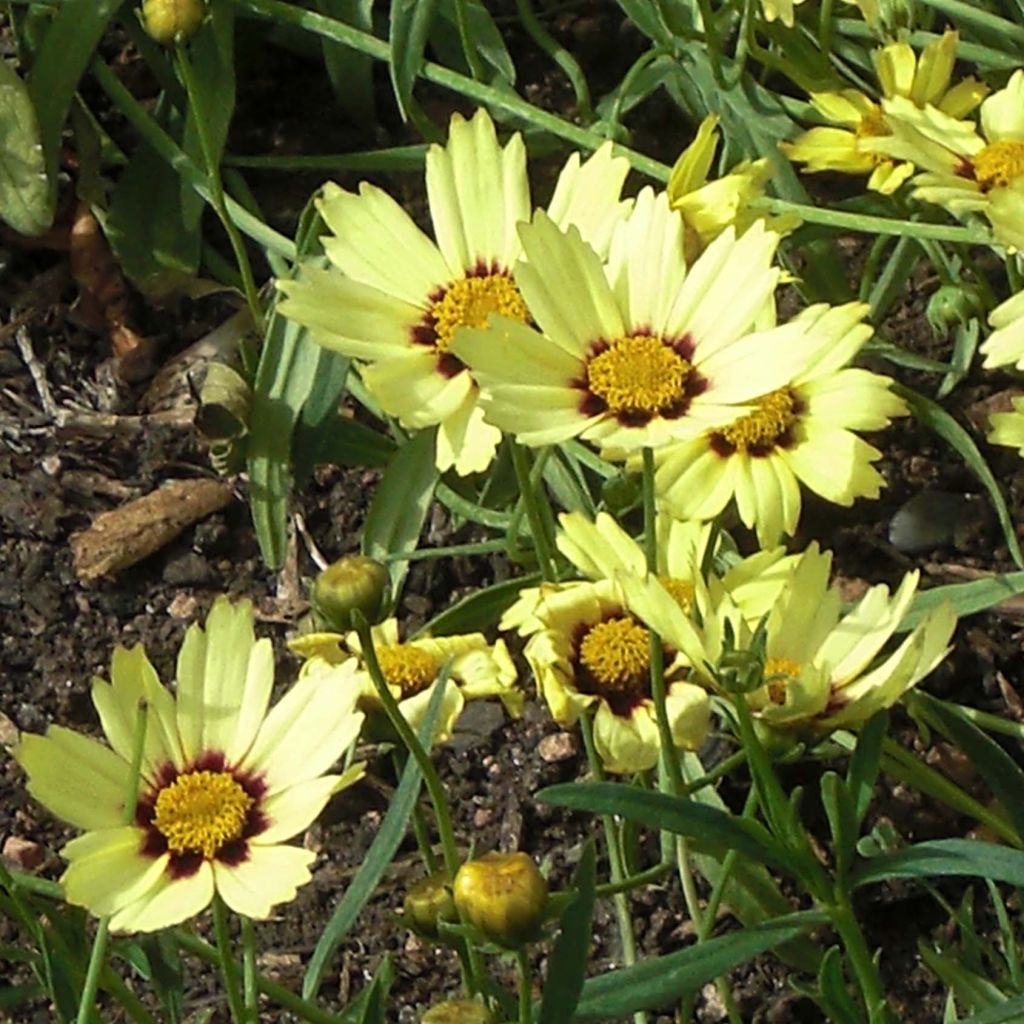

Coreopsis Redshift
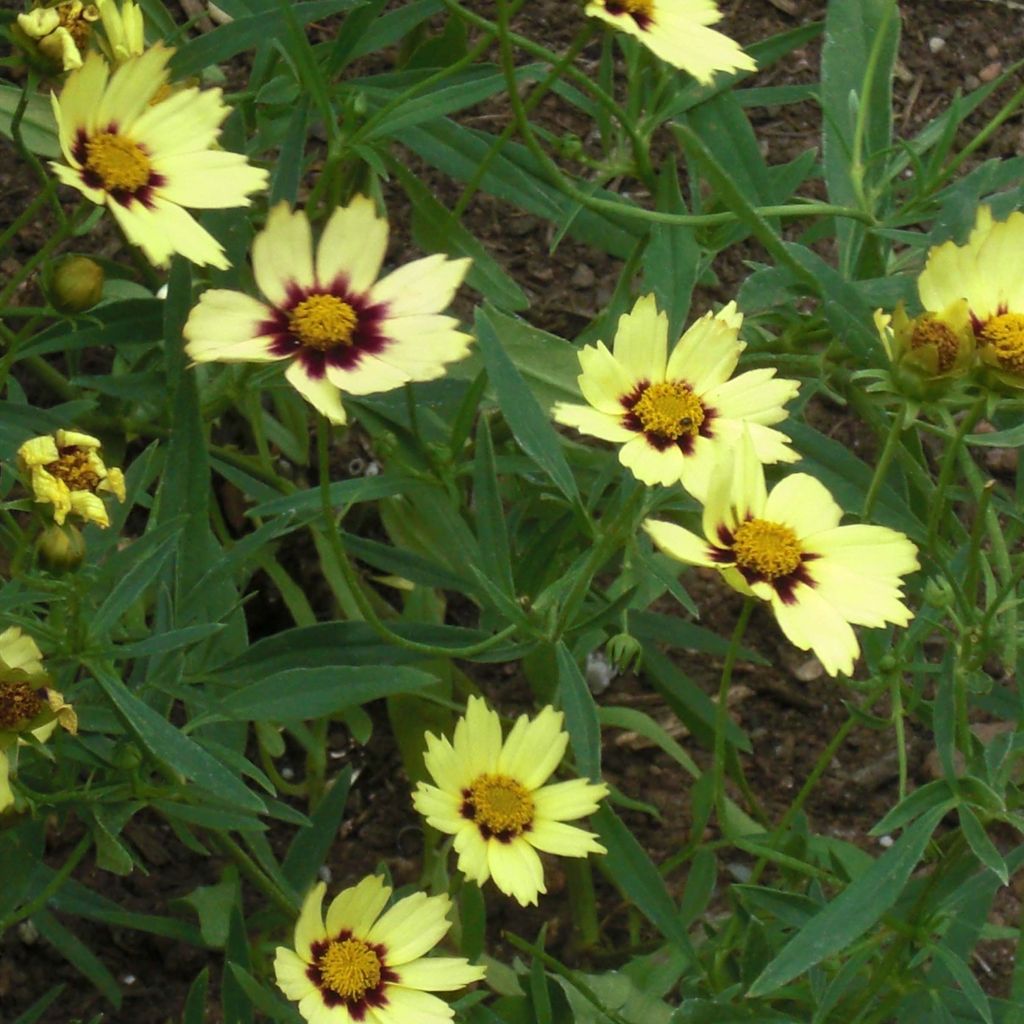

Coreopsis Redshift
Coreopsis Redshift
Coreopsis Redshift
Tickseed
This is an excellent garden plant.
bruce, 03/10/2021
This item cannot be shipped to the selected country
Delivery charge from €5.90
Delivery charge from €5.90
More information
Delivery charge from €5.90
Delivery charge from €5.90
More information
Schedule delivery date,
and select date in basket
This plant carries a 12 months recovery warranty
More information
We guarantee the quality of our plants for a full growing cycle, and will replace at our expense any plant that fails to recover under normal climatic and planting conditions.
From €5.90 for pickup delivery and €6.90 for home delivery
Express home delivery from €8.90.
From €5.90 for pickup delivery and €6.90 for home delivery
Express home delivery from €8.90.

Does this plant fit my garden?
Set up your Plantfit profile →
Description
The Coreopsis 'Redshift' is a new variety of coreopsis with beautiful vigour that seduces with its multicoloured and changing flowering depending on the temperature and season. From summer to the first frost, its generally bicolour blooms flower one after another, dominated by yellow tones in summer, but much more red in autumn. Each gradually transitions from pale yellow to red and then to plum on this plant that forms a beautiful bushy shrub adorned with light foliage of a vibrant green. This excellent variety is resistant to cold and diseases. Plant it in well-exposed borders, in not too dry rockeries, in natural areas of the garden or in a pot on the patio.
Coreopsis belongs to the Asteraceae family. 'Redshift' is part of a series of hybrids recently developed in the United States by Darrel Probst, a specialist in the genus. The series, called 'Big Bang', brings together varieties like 'Mercury Rising', 'Cosmic Evolution' and 'Galaxy', initially selected for their cold resistance, vibrant colours, and vigour. All these qualities are present in 'Redshift'. This rhizomatous perennial quickly forms a bushy and upright shrub, reaching an average height of 50 cm (20in) and a width of 40 cm (16in). Flowering takes place from late June to October, almost without interruption. The 4 cm (2in) diameter flower heads open in a very pale yellow tone, then gradually and randomly tint in shades of pink, red, purple, and wine, around a small amber-yellow centre. When the temperature drops, at the end of the season, the flowers are almost completely red. They are carried at the top of short upright stems. This plant develops opposite, lanceolate, finely divided leaves measuring 4 to 7 cm (2 to 3in) in length and of a vibrant green colour, with a very airy appearance.
The Coreopsis 'Redshift' is a hardy and robust perennial with multiple uses. Plant it in a rockery, on a countryside slope with wallflowers, damask flowers, echinaceas, goldenrods, and wild flax, in an herbaceous border in the company of Teucrium chamaedrys or x lucidrys, cosmos, and annual cornflowers. In a pot or container, this plant blooms continuously from the first year. For beautiful summer blooms, it can be paired with Stipa tenuifolia, Calamintha glandulosa, and Nepeta 'Dawn to dusk' in the ground or in a large pot, with a little water. It is also a lovely flower for summer bouquets.
Coreopsis Redshift in pictures
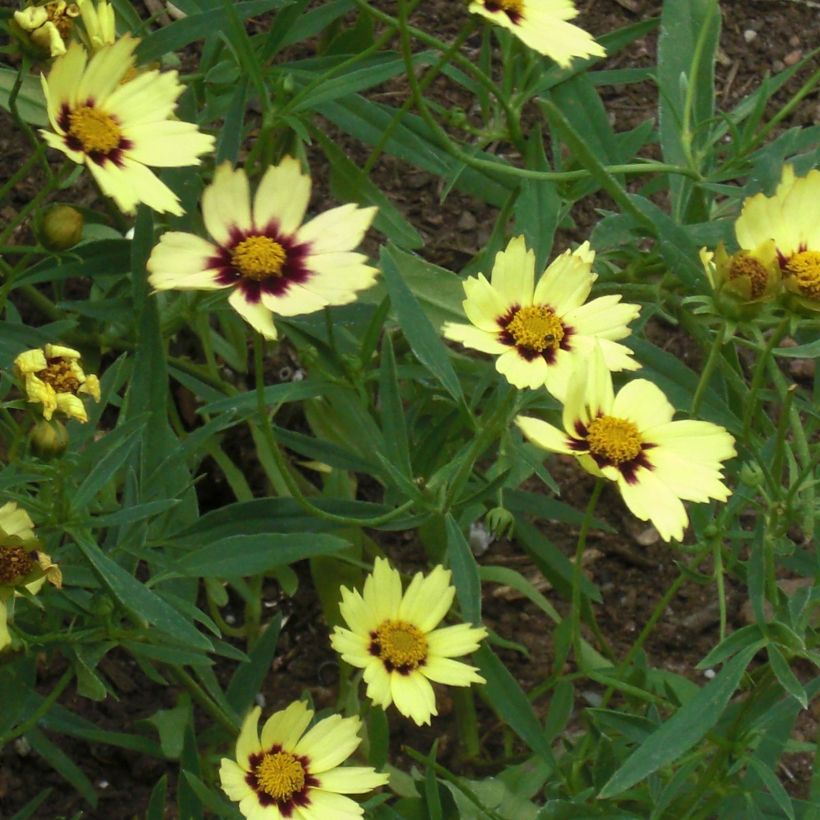

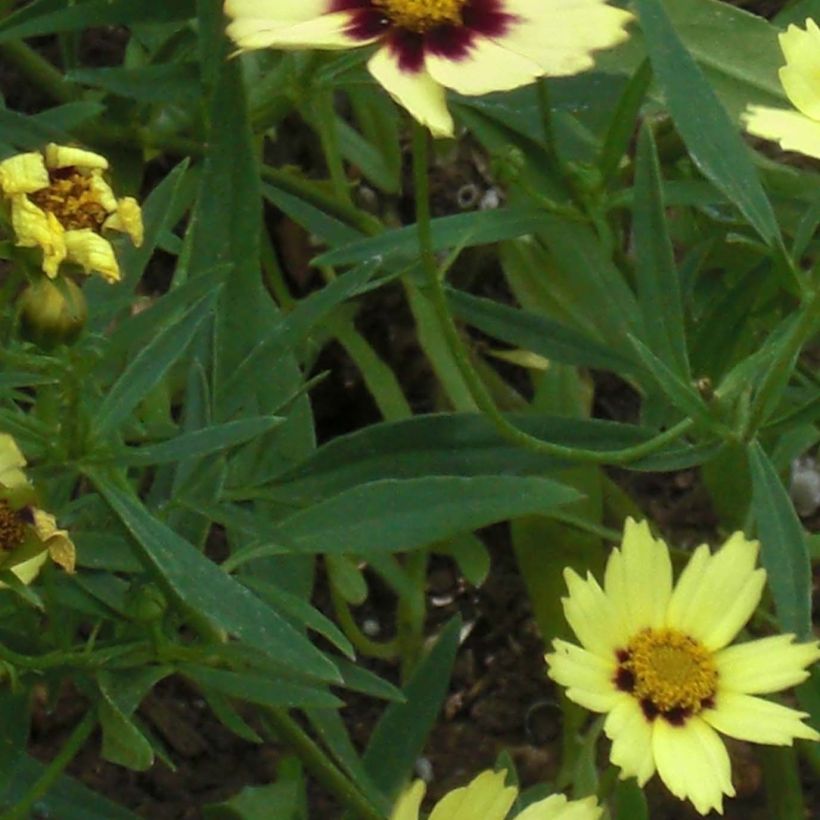

Flowering
Foliage
Plant habit
Botanical data
Coreopsis
Redshift
Asteraceae
Tickseed
Cultivar or hybrid
Other Coreopsis - Tickseed
Planting and care
Coreopsis perennials don't like winter humidity or heavy soils. But 'Redshift' is easy-going when it comes to soil and can thrive in well-drained garden soil. They need full sun and slightly moist soil to bloom well. Ideally, they prefer a light and porous soil that's always well-drained, slightly acidic, neutral, or slightly alkaline, even if it's not rich. They can also adapt to humus-bearing soil, as long as drainage is perfect. Under these conditions, they can bloom and live for a long time. To help them grow back in the fall, it's best to remove faded flowers, especially towards the end of August. Pruning in late September encourages the growth of new basal shoots.
Planting period
Intended location
Care
Summer flowering perennials
Haven't found what you were looking for?
Hardiness is the lowest winter temperature a plant can endure without suffering serious damage or even dying. However, hardiness is affected by location (a sheltered area, such as a patio), protection (winter cover) and soil type (hardiness is improved by well-drained soil).

Photo Sharing Terms & Conditions
In order to encourage gardeners to interact and share their experiences, Promesse de fleurs offers various media enabling content to be uploaded onto its Site - in particular via the ‘Photo sharing’ module.
The User agrees to refrain from:
- Posting any content that is illegal, prejudicial, insulting, racist, inciteful to hatred, revisionist, contrary to public decency, that infringes on privacy or on the privacy rights of third parties, in particular the publicity rights of persons and goods, intellectual property rights, or the right to privacy.
- Submitting content on behalf of a third party;
- Impersonate the identity of a third party and/or publish any personal information about a third party;
In general, the User undertakes to refrain from any unethical behaviour.
All Content (in particular text, comments, files, images, photos, videos, creative works, etc.), which may be subject to property or intellectual property rights, image or other private rights, shall remain the property of the User, subject to the limited rights granted by the terms of the licence granted by Promesse de fleurs as stated below. Users are at liberty to publish or not to publish such Content on the Site, notably via the ‘Photo Sharing’ facility, and accept that this Content shall be made public and freely accessible, notably on the Internet.
Users further acknowledge, undertake to have ,and guarantee that they hold all necessary rights and permissions to publish such material on the Site, in particular with regard to the legislation in force pertaining to any privacy, property, intellectual property, image, or contractual rights, or rights of any other nature. By publishing such Content on the Site, Users acknowledge accepting full liability as publishers of the Content within the meaning of the law, and grant Promesse de fleurs, free of charge, an inclusive, worldwide licence for the said Content for the entire duration of its publication, including all reproduction, representation, up/downloading, displaying, performing, transmission, and storage rights.
Users also grant permission for their name to be linked to the Content and accept that this link may not always be made available.
By engaging in posting material, Users consent to their Content becoming automatically accessible on the Internet, in particular on other sites and/or blogs and/or web pages of the Promesse de fleurs site, including in particular social pages and the Promesse de fleurs catalogue.
Users may secure the removal of entrusted content free of charge by issuing a simple request via our contact form.

































